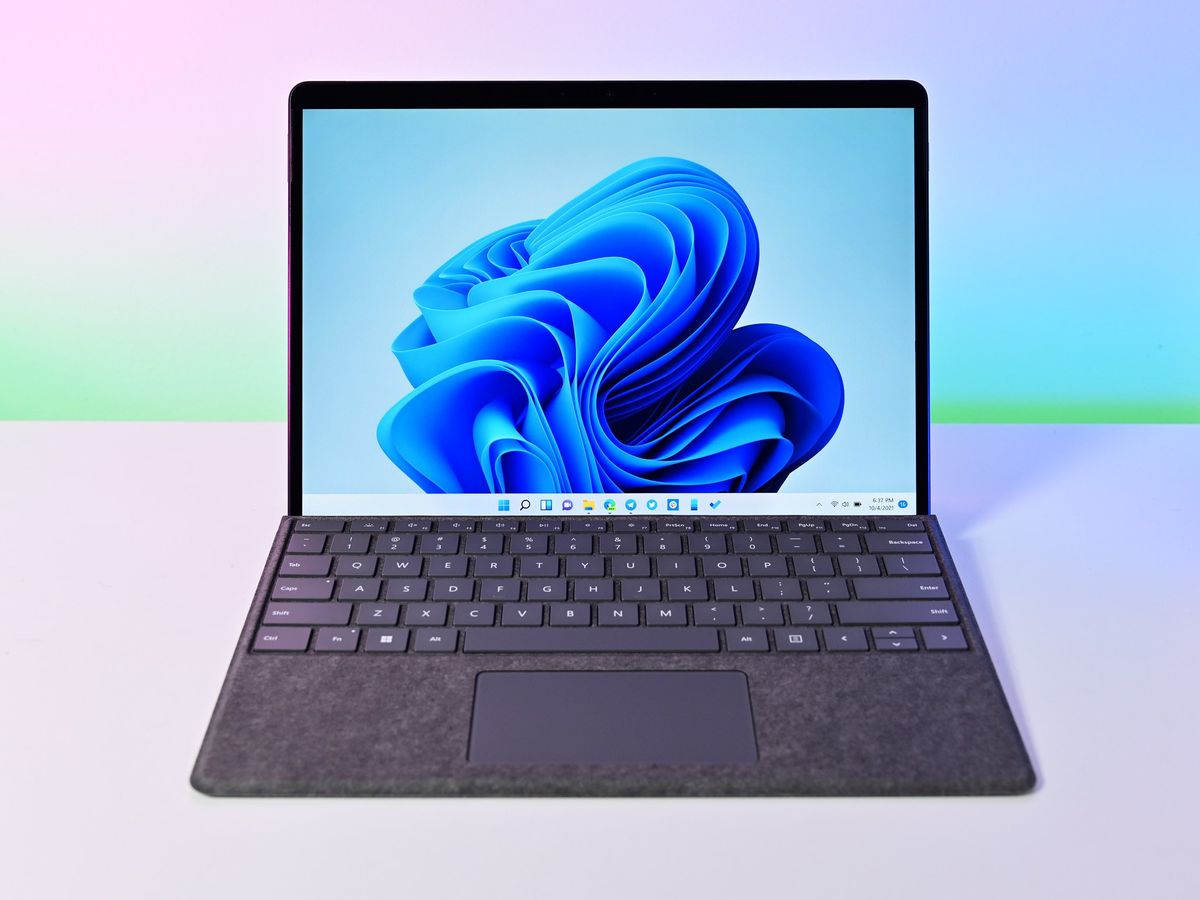- Joined
- Nov 13, 2007
- Messages
- 10,351 (1.70/day)
- Location
- Austin Texas
| Processor | 13700KF Undervolted @ 5.6/ 5.5, 4.8Ghz Ring 200W PL1 |
|---|---|
| Motherboard | MSI 690-I PRO |
| Cooling | Thermalright Peerless Assassin 120 w/ Arctic P12 Fans |
| Memory | 48 GB DDR5 7600 MHZ CL36 |
| Video Card(s) | RTX 4090 FE |
| Storage | 2x 2TB WDC SN850, 1TB Samsung 960 prr |
| Display(s) | Alienware 32" 4k 240hz OLED |
| Case | SLIGER S620 |
| Audio Device(s) | Yes |
| Power Supply | Corsair SF750 |
| Mouse | Xlite V2 |
| Keyboard | RoyalAxe |
| Software | Windows 11 |
| Benchmark Scores | They're pretty good, nothing crazy. |
This is exactly right.In my view, the strategy of small cores is directly linked to intel's slowness in advancing in chip manufacturing. With no extra space from a denser lithograph, they needed effective cores per area to match the massive MT performance of the Ryzen line up
This strategy is limited by TDP and heating etc...
Conversely it shows that they CAN match the massive MT performance using this design on a less dense node (at the cost of TDP).
The chip with e-core is far superior to one without given the same die space and lithography being held constant -- basically intel is squeezing the most performance they can through design/innovation because their node sucks. Clearly it works they took ST performance crown and matched MT performance on an inferior node. So to answer the question of "do e cores work/ make sense" based on the raw numbers answer is clearly yes -- ADL s would not be in the same league without them.








